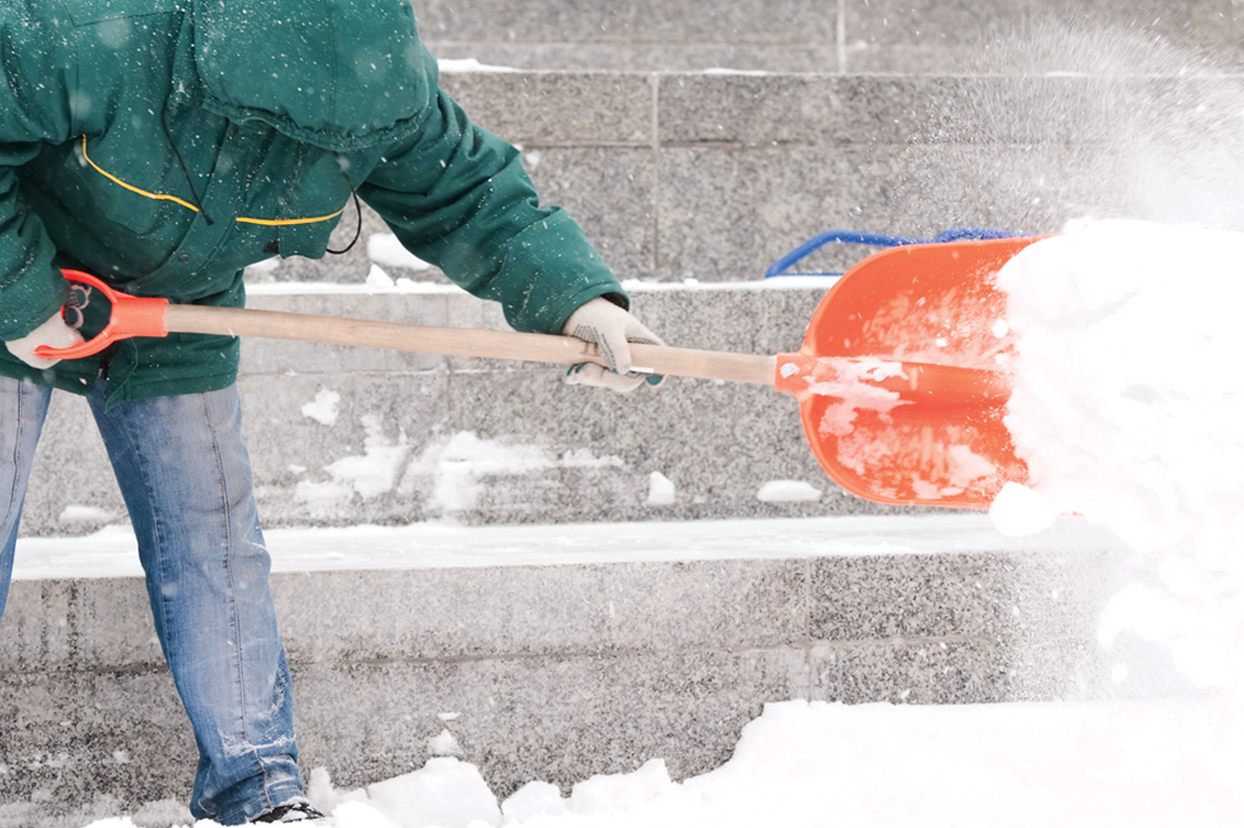October 20, 2025
Injuries while entering and leaving the workplace: A primer
Did you know that a workplace injury can occur before or after the workday?
Workers' compensation law requires that employers provide safe, well-maintained and accessible routes for employees to and from their parked vehicles into their place of work, referred to as safe ingress and egress.
So, if an employee falls in the employer’s parking lot while walking to the employer’s office building, for example, he or she would most likely be entitled to workers' compensation benefits.
Requirements to qualify for workers' compensation benefits
In order to qualify for workers' compensation benefits, the employee must be able to prove that the injury:
- Occurred reasonably close to the start or end of the workday.
While there is no strictly defined rule, over the years, Minnesota case law has appeared to define a reasonable time period to be about one hour before or after work. So, if employees stay after work for a couple of hours to watch a sports game or have drinks with coworkers, for example, they might not qualify for workers' compensation benefits if they are injured while leaving the workplace. - Happened on the employer's premises.
This could include a public street, if an employee must cross the street to get from the work premises to an employer-owned parking lot. This could also include property owned by a non-employer entity (such as a shared building parking lot) if the employer requires or regularly allows employees to use the property to enter and exit the workplace. - Took place within a customary route of entry or exit.
If the employee decided to take a shortcut not typically used by other employees, an injury might not qualify for workers' compensation.
Related Minnesota case law
Following are a couple of Minnesota cases that involved employee injuries while entering or exiting work:
- Birch v. Hance Distributing
In this case, the employee had finished his shift at Burger King at 2:30 p.m., joined some friends and coworkers in the lobby briefly, and then went to socialize in the parking lot for about 15-30 minutes longer. When he eventually traveled to his car to leave, he stepped off a curb and hurt his knee. The Minnesota Workers' Compensation Court of Appeals determined that he sustained a compensable injury and was still well within the timeframe that was reasonable for ingress and egress. - Johnson v. Ricci's of Hugo
In this case, the employee punched out from her bartender job and then spent the next hour drinking, playing pool and socializing with friends at the business. She slipped and fell while leaving through the back door and fractured her ankle. Because the employee was not engaged in activities incidental to her job duties and instead had become a customer at the establishment, the appeals court ruled that her injury wasn't eligible for workers' compensation benefits. - Olson v. Total Specialty Contracting
In this case, the employee had been instructed by the employer where to park and what specific route to take to enter a jobsite. He was specifically instructed to park, cross the stress, walk between buildings to the jobsite fence, and follow the fence to the gate to enter the building. When about 5-10 feet from the gate to enter the building, the employee slipped and fell. Even though he was not on the actual jobsite at the time of the fall, the Worker’s Compensation Court of Appeals determined that he was still in the course and scope of his employment at the time he fell while using a designated route in ingress, and awarded benefits.
This is not intended to serve as legal advice for individual fact-specific legal cases or as a legal basis for your employment practices. Originally published December 2013; updated October 2025.





